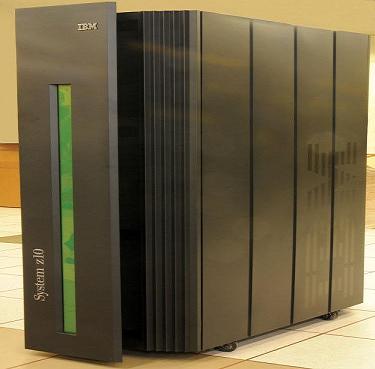 Contact Us | Sitemap |
||||
SYSLOGComputer System Message LoggingSyslog is a standard for computer message logging. It permits separation of the software that generates messages from the system that stores them and the software that reports and analyzes them. Syslog can be used for computer system management and security auditing as well as generalized informational, analysis, and debugging messages. It is supported by a wide variety of devices (like printers and routers) and receivers across multiple platforms. Because of this, syslog can be used to integrate log data from many different types of systems into a central repository. Messages are labeled with a facility code (one of: auth, authpriv, daemon, cron, ftp, lpr, kern, mail, news, syslog, user, uucp, local0 ... local7) indicating the type of software that generated the messages, and are assigned a severity (one of: Emergency, Alert, Critical, Error, Warning, Notice, Info, Debug). Implementations are available for many operating systems. Specific configuration may permit directing messages to various devices (console), files (/var/log/) or remote syslog servers. Most implementations also provide a command line utility, often called logger, that can send messages to the syslog. Some implementations permit the filtering and display of syslog messages. Read more at Wikipedia SYSLOGz/OS SDSF Operation and CustomizationSA23-2274-00 In a JES2 environment that is z/OS® V1R11 or later, or a JES3 environment, you can control access to the SYSLOG that is displayed on the LOG panel by controlling: Access to the LOG command, which displays the LOG panel. This is explained in Authorized SDSF commands. Access to the JES logical log. JES, rather than SDSF, issues the SAF call to check user authorization. For more information, refer to SYSLOG. Parameters of the LOG command allow users to choose the sysplex-wide OPERLOG rather than the single-system SYSLOG. For information on protecting the OPERLOG, see OPERLOG. |
Sponsored by 
 IBM z10 |
|||
| ||||

 Software Diversified Services, Minneapolis, MN USA
Software Diversified Services, Minneapolis, MN USA